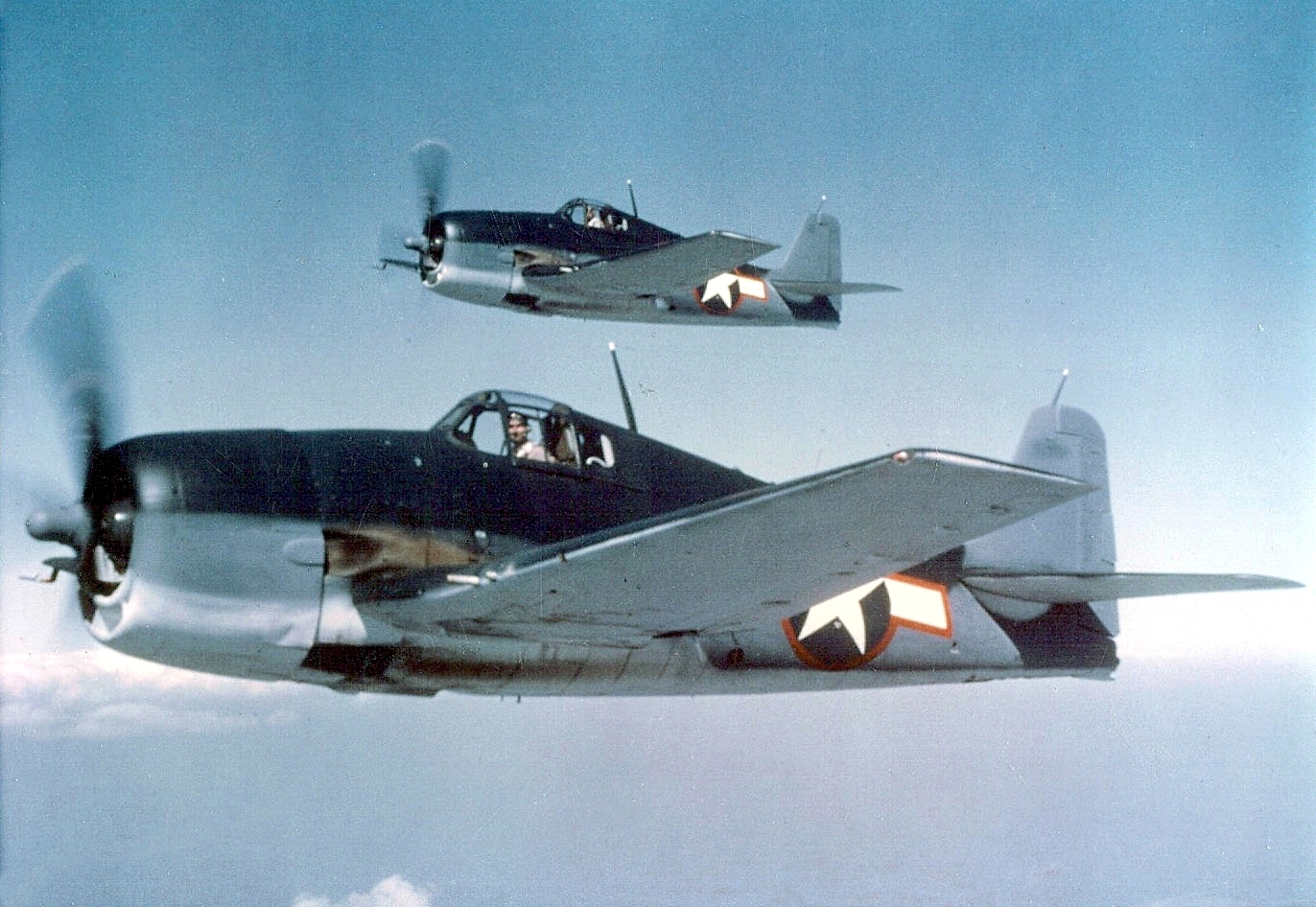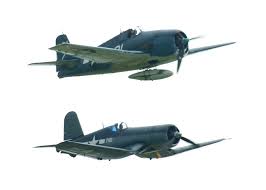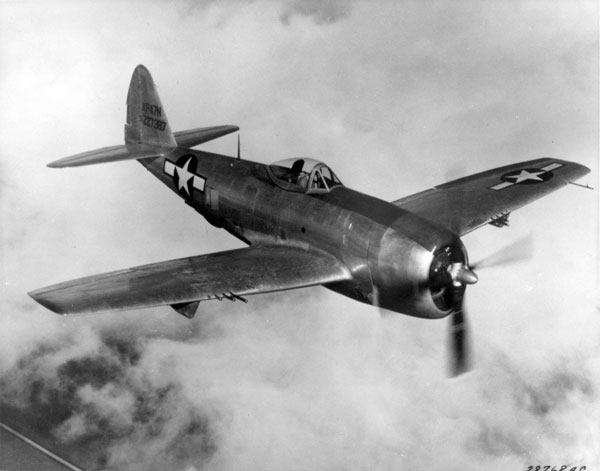Interesting . Thanks Flashman.
Re: Field Marshal Games Pieces Project Discussion thread
-
I have a PILE of B-17s, but I do agree with AllWork, that crappy ones next to yours would be a bit off.
I have always wanted B-25s. What if we used this as the U.S. Tactical Bomber? Would that be inappropriate? I just wanted to put one on carrier… :-D
I agree the B-24 looks a lot like the Halifax, but it will be in green instead of tan. For those painting them, what color were Halifax Bombers? I think the iconic US version was unpainted like Brain’s pic.
Finally, the B-29. I’m very mixed on this one. I really want them because of the popularity. But a few problems arise. First, they would be huge, like the Soviet bombers, but the US doesn’t have room on the map for that like the Russians do. Second, I always thought if this as a tech piece for LR Bombers. Ugh, so conflicted…
I guess my order of preference would be: B-25, B-24, B-17, then B-29 (only because I’m conflicted on this one).
Yea - if it wasn’t the B-17, I’d say the B-25… Easy to distinguish from the Halifax by the number of engines and unique body style, and was used in every theater for the entire duration of the war (even used in the famous Doolittle Bombing Run after Pearl Harbor).

C-47 Skytrain should be the air transport in my opinion.
The B-25 would not be a good choice for a tactical bomber in the AA games as they must be a good fit for the Aircraft carriers. I am assuming that FMG will have an SBD for that. @Entek:
I agree with previous posters that this is one of the occurrences where WOTC got it right with the B-17’s, but for variety’s sake I vote for B-29’s. If nothing else they could be used for the Long Range/Heavy Bombers Tech pieces for the USA. Now if you’re talking US Fighters I vote for P-47’s, and I think that the B-25 would fill the more Tach Bomber Roll then a Strategic one.
We do not want to get into a situation where we have two different tactical bombers similar to the deal in AAP40 where we got P-38s to put on the carriers. Then we had to rob F6Fs from another game for our navy. That would leave the B-24 and the B-29 as choices. Of course the B-29 would be a good fit for the heavy bomber tech.
We’re talking strategic bombers.
For fighters, I say that the P-51 Mustang is the choice as far as historical importance.
-
C-47 is a definite! Who hasn’t heard of the DC-3?
-
I agree with previous posters that this is one of the occurrences where WOTC got it right with the B-17’s, but for variety’s sake I vote for B-29’s. If nothing else they could be used for the Long Range/Heavy Bombers Tech pieces for the USA. Now if you’re talking US Fighters I vote for P-47’s, and I think that the B-25 would fill the more Tach Bomber Roll then a Strategic one.
I’d prefer the B-24 to the B-29.
As for the tactical bomber fig featuring a B-25 Mitchell or B-26 Marauder… Well, it would allow the history geek to differentiate between the carrier dive bombers and the roll of medium bombers on land. The Dauntless is similar enough in appearance to the Helldiver and Avenger that with AA50 Hellcats mixed in, there’d be quite a few grummany looking flying bathtubs if another prototypical US divebomber were mixed in. Other options for tactical could be the P-39 as it had such a huge role in the pacific and was built around a 37mm cannon, but it was outclassed by pretty much everything as a fighter. But if it’s going to just be another grumman carrier torp bomber, then I vote Avenger.
And as a US fighter, well, I’d like a mustang or a P-40. The AA50 Hellcat looks enough like a P-47 for me. And a P-40 would finally get an accurate Flying Tiger.
And absolutely, a DC-3 (C-47) skytrain for transport.
-
I’d prefer the B-24 to the B-29.
As for the tactical bomber fig featuring a B-25 Mitchell or B-26 Marauder… Well, it would allow the history geek to differentiate between the carrier dive bombers and the roll of medium bombers on land. The Dauntless is similar enough in appearance to the Helldiver and Avenger that with AA50 Hellcats mixed in, there’d be quite a few grummany looking flying bathtubs if another prototypical US divebomber were mixed in. Other options for tactical could be the P-39 as it had such a huge role in the pacific and was built around a 37mm cannon, but it was outclassed by pretty much everything as a fighter. But if it’s going to just be another grumman carrier torp bomber, then I vote Avenger.
And as a US fighter, well, I’d like a mustang or a P-40. The AA50 Hellcat looks enough like a P-47 for me. And a P-40 would finally get an accurate Flying Tiger.
And absolutely, a DC-3 (C-47) skytrain for transport.
I would also love to see a B-24 piece, but I love the look of the B-29. It’s so art deco, which is also why I like the P-38.
B-26 would be great too for a TB, but a B-25 with the ability to “bring to bear 10 machine guns coming and four going, in addition to the 75 mm cannon, a brace of eight rockets and 3,000 lb (1,360 kg) of bombs.” would be awesome. I think that the P-51 looks closer to the F6F then a P-47. Don’t get me wrong I love the P-51, but I’d like to see something different like a P-47 or even a F4U Corsair. Isn’t the tac bomber we have an Avenger? A P-39 would be cool too, but that’s more of a fighter then a tac, I think a Dauntless or even a Devastator would be neat.
For the transport there is no question it has to be a C-47.
-
I would also love to see a B-24 piece, but I love the look of the B-29. It’s so art deco, which is also why I like the P-38.
B-26 would be great too for a TB, but a B-25 with the ability to “bring to bear 10 machine guns coming and four going, in addition to the 75 mm cannon, a brace of eight rockets and 3,000 lb (1,360 kg) of bombs.” would be awesome. I think that the P-51 looks closer to the F6F then a P-47. Don’t get me wrong I love the P-51, but I’d like to see something different like a P-47 or even a F4U Corsair. Isn’t the tac bomber we have an Avenger? A P-39 would be cool too, but that’s more of a fighter then a tac, I think a Dauntless or even a Devastator would be neat.
For the transport there is no question it has to be a C-47.
Really? You think this:

looks more like this:

than this?:

As for the corsair, well, the fact that the tactical has gull wings, I think too many people would get them confused. But I too like the corsair.
As far as the SBD Dauntless and Avenger… Well, the fig has no rear belly turret, the tail is somewhat rounded, and there’s a slight gullwing. So I thought it was a Dauntless.
-
The point is I want to do a DIFFERENT unit. As it has been mentioned above, you can always mix your stock units to have more types!
Yea, but mixing the crappy molds of the Hasbro models with the diamonds you plan on producing would seem a bit of a crime.
Agree totally, As far as I am concerned FMG pieces will completely replace the WOTC pieces.
-
And as far as I’m concerned they will supplement the WotC pieces! :evil:
FMG’s best course of action is to make great pieces, unique and well-made, in the OOB colors. Those who want them as stand alone pieces will be happy, and those who want to mix and match will also be happy!
-
And as far as I’m concerned they will supplement the WotC pieces! :evil:
FMG’s best course of action is to make great pieces, unique and well-made, in the OOB colors. Those who want them as stand alone pieces will be happy, and those who want to mix and match will also be happy!
Good news, we are all gonna be happy, even though you can’t please all of the people all the time.
-
OK you guys, now I feel like an idiot. I thought the tac we had was a corsair because of the wings. I thought it was a little bit of an odd choice for this role, and a bit out of scale, but I figured WOTC was going for recognizable molds. After this discussion, I went to good old Wiki and discovered the Tacs are, in fact, SBDs. Definitely not Avengers, wings are totally different.
So for the fighters, I must change my opinion. Now that we have P-38s and F6Fs already, I would be happy with the F4U or P-51 simply because the P-47 does look too similar to the F6F. I would be happy with a P-40 I guess as well.
So order of preference here: F4U (small enough to not confuse me on the SBD/Corsair thing again :-D), P-51, P-40
For the Tacs then, since we have the SBD for carrier based stuff, we should go with the B-24 or B-25, which would follow suit with the British molds.
Assuming we do the above, that would leave room for the B-29 as the new bomber to compliment the existing B-17s. Of course, now I will need a separate tackle box just for US aircraft but so what…
-
Also, found this site to be a great resource this morning:
http://www.militaryfactory.com/aircraft/world-war-2-aircraft.asp
-
Variable - I like your options, but I would send the F4U to the back of the pack. Take a look:

Pretty similar, eh?
-
Variable - I like your options, but I would send the F4U to the back of the pack. Take a look:

Pretty similar, eh?
I agree, they are similar, especially at the scale we use. But, I think the wings would be different enough and, well, I really want Corsairs.
Plus, here is some more reasoning. We already have a “land based” fighter (P-38), and a “carrier based” fighter (F6F), so we should choose what would be more useful for the US. Here are two arguments:
I generally use more US air in the pacific than in europe so I would like another carrier fighter or a land fighter that was used in the pacific. My preference here is the Corsair. It’s iconic and multi-roled.
But, if we got P-51s to replace P-38s for the “land based” fighter (mainly for Europe), we could use our P-38s for long-range fighters. This also helps the argument for making the B-29.
There is a third solution. FMG could make 2 US fighter moulds. :-D 8-)
-
I went to good old Wiki and discovered the Tacs are, in fact, SBDs. Definitely not Avengers, wings are totally different.
I stand corrected. The US Tac is a SBD Dauntless…
I also agree with Yoper that the P-47 would probably make a good Tac. I am also starting to thing that the fighter should be a Corsair.
As for the P-47, F6F, similarities I was thinking of a more top down view with the wing shapes of the planes, since most of the time that’s how it’s viewed in game.



As for the UK fighter it has to be a Hurricane and I think WOTC hit it on the head with Mosquito but a Typhoon would be great to see too.
-
Just wanted to mention also that I REALLY like the Corsair. It was a fighter/Tac bomber.
If it was only up to me I would use it as the Tac bomber… But Im sure most will wnat a more “iconic” Tac bomber for the USA.
-
As for the P-47, F6F, similarities I was thinking of a more top down view with the wing shapes of the planes, since most of the time that’s how it’s viewed in game.
Wings on the P-47 varied over the length of its production. They were rounded on the earlier models and the final model (N) went to squared off wings as it increased roll rate and gave extended range

I’d prefer the FMG figs use the definitive model of a plane (P47N, P51D) rather than the earlier models, as I’d hate to see a razorback P-47D or P-51B.
-
I’d prefer the FMG figs use the definitive model of a plane (P47N, P51D) rather than the earlier models, as I’d hate to see a razorback P-47D or P-51B.
This is just difference of opinion, but I’d prefer the razor back P-47D to the Bubble canopy, and I think if they were to make a piece they’d want to use the iconic version not the definitive version which they’d be making more pieces of then were produced.
But there’s no question, if they were to go with a P-51 it’d have to be a “D” model, as the razor back version just doesn’t look as nice.
-
Come on FMG, is there no way we can get the F4U and P-51D? I’d still want them both as fighters though. Still holding out for the B-24 or B-25 for Tacs with B-29 on LR Strategic duty.
-
The only problem with that, Variable, is that the US is the only country in A&A that has already had 2 unique nation-specific fighters molded for it, in the F6F and the P-38. (I am ignoring Germany - the JU-87 is NOT a fighter!)
The problem would be that other nations would now have 2 fighter pieces (OOB and FMG), and the US would have 4!(2x OOB and 2x FMG) A bit much, eh?
-
@Yoper:
The wouldn’t be as much confusion between the B-24 and the Halifax if FMG went with the Lancaster for the UK. It was THE main bomber for British and it is an even more distinct silhouette.
Here is a list of the main types of land-based World War 2 bombers, with the approximate quantity produced of each type .
British bombers
Wellington (11400) - long range medium bomber carrying 2 tons of bombs. Produced before and during the war, bombed Germany until October 1943. For comparison, the Mosquito carried 1.8 tons to Berlin at twice the speed of the Wellington.
Lancaster (7300) - 4-engine long range heavy night bomber. The main British bomber in the second half of World War 2, carried up to 10 tons of bombs, including a huge 10 ton bomb, or the special dam buster bomb, but typically carried up to 6 tons of bombs to a range which covered all of Germany. Had 3 turrets with 8 machine guns. Lancasters flew over 150,000 sorties, and almost half of them were lost in action, together with over 21,000 airmen.
Halifax (6100) - 4-engine long range heavy night bomber since 1941, carried 5.4 tons of bombs. Similar to the later Lancaster, which had greater bomb load and range. The first bomber equipped with the H2S navigation-targeting RADAR.
Mosquito (7700) - a very fast long range medium bomber which carried a 1.8 ton bomb and successfully relied on its high speed and agility instead of guns and gunners for self-protection. Although its loss rate was lowest of all allied bombers and its bombing precision the highest, British decision makers remained firm in their conservative belief that the main bomber must have gun turrets, so instead of becoming the main bomber type, the excellent Mosquito’s advantages were used mainly in support of the main force of the slow heavy bombers, and less than 1/4 of the Mosquitoes produced were of bomber types. The other Mosquitoes excelled in multiple other combat roles. (read the full Mosquito essay).
A comparison between the operational order of battle of the British bomber command in July 1941 and at the end of 1943 can show how much it grew in strength and aircraft quality during the war :
In July 1941 Bomber Command had 732 operational bombers. There were 253 Wellington, 40 Halifax, and 24 Stirling bombers, but the other 415 bombers were of types which were phased out by 1943. Of this force, only the Halifax remained in the main force by the end of 1943.At the end of 1943, Bomber command was a totally different force, much more powerful both in numbers and in the higher quality of its new bombers. It had 1249 operational long range bombers. 1008 were of new types (573 Lancaster, 363 Halifax, 72 Mosquito) and the other 241 were older types (208 Stirling, 33 Wellington) and were used for secondary missions. (source: Royal Air Force)
-
Wellington







